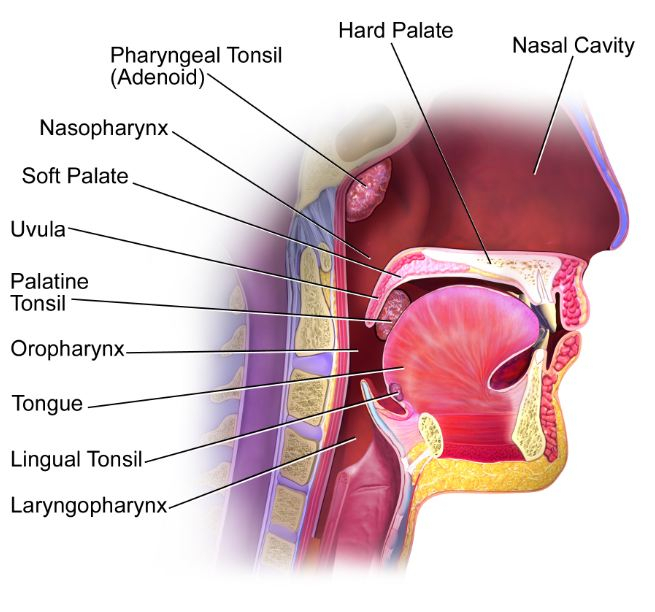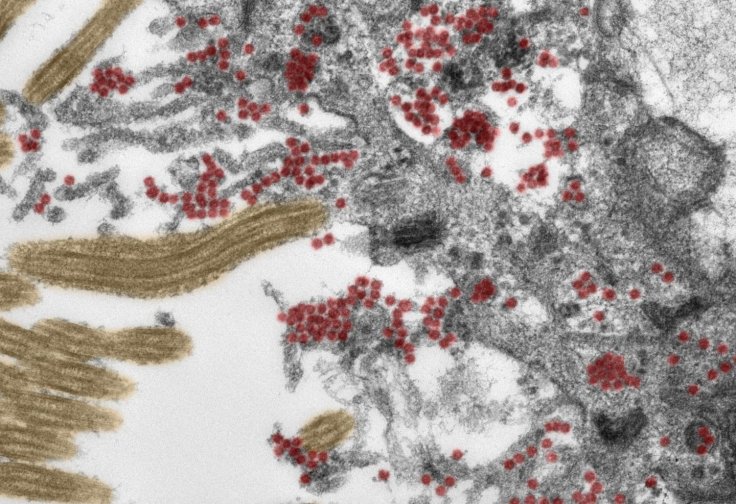There has been no dearth of new learnings about the functioning and damage that the SARS-CoV-2 cornavirus is capable of from the very beginning of the COVID-19 pandemic. Now, a new study has found that the novel coronavirus could be invading the brain using the nose as a gateway.
While neurological symptoms of the disease have been attributed to the presence of the pathogen in the cerebrospinal fluid and the brain, the means through which it gains entry into the central nervous system (CNS) has remained a mystery. The study states that the virus utilizes the nasopharynx as a route to infect the brain.

"SARS-CoV-2 appears to follow neuroanatomical structures, penetrating defined neuroanatomical areas including the primary respiratory and cardiovascular control center in the medulla oblongata," the authors wrote in the paper that was published in the journal Nature.
Infection and Neurological Symptoms
The SARS-CoV-2 virus invades cells using an enzyme known as the Angiotensin-converting enzyme 2 (ACE2) that is found on the cell membrane of some cells. Using the spike—a hook-like protein structure found on its surface—the coronavirus binds with the enzyme. Following this, it gains entry into the cell and infects it. ACE2 is found in lung cells, epithelial cells in the digestive tract, and smooth muscles present in several organs.

ACE2 is also found in cells within the CNS such as the ones present in the brainstem, hypothalamus, and cerebral cortex. The authors pointed out that among seven currently known strains of the virus that naturally infect human beings, at least two strains have been reported to enter and survive in the CNS.
In addition to respiratory symptoms, and a growing list of gastrointestinal manifestations, several neurological symptoms have also been associated with the disease. Headaches, dizziness, brain fog (cognitive dysfunction, disorientation, and difficulty in focusing), and brain damage, among others, are some of the neurological symptoms linked to COVID-19. However, the route through which the virus accesses the brain was unknown. This is what the multidisciplinary team of researchers sought to ascertain.
Gaining Entry to The Brain

For the study, the researchers conducted autopsies on 33 patients who had succumbed to COVID-19. During the postmortem examination, the authors investigated the nasopharynx— the upper part of the throat exactly behind the nose where the nasal cavity meets the throat—of the victims. The nasopharynx region is within close proximity to the brain.
Through the dissection of the cells and tracing the path of the viral infection, the scientists observed that the pathogen attacks the brain by crossing through the mucous membranes that separate the nasopharynx from it. The authors called this the 'olfactory transmucosal SARS-CoV-2 invasion'.

"These data support the notion that SARS-CoV-2 is able to use the olfactory mucosa as a port of entry into the brain. Once inside the olfactory mucosa, the virus appears to use neuroanatomical connections, such as the olfactory nerve, in order to reach the brain," said Dr. Frank Heppner, co-lead author of the study, in a statement.
Potential Cause of Anosmia
Subsequently, according to the study, the virus travels via the nerve fibers that link the nasal cavity to a region of the brain that is associated with the sense of smell. Several cases of anosmia—the loss of ability to smell—has been reported in COVID-19 patients, along with change or loss of taste perception. Therefore, this pathway chosen by the virus could perhaps serve as an explanation for the loss of olfactory functions.

Nevertheless, the scientists also discovered viral particles within the areas of the brain that are not associated with the sense of smell. According to the authors, this suggests there could be other routes through which the novel coronavirus enters the brain.
"Our data suggest that the virus moves from nerve cell to nerve cell in order to reach the brain. It is likely, however, that the virus is also transported via the blood vessels, as evidence of the virus was also found in the walls of blood vessels in the brain," explained Dr. Helena Radbruch, co-lead author of the study.









